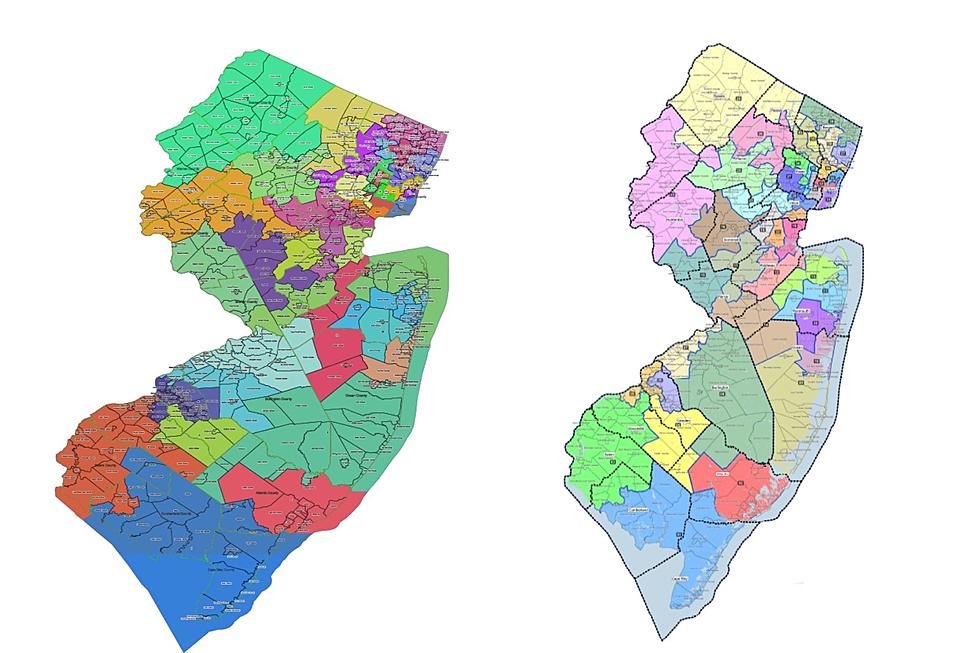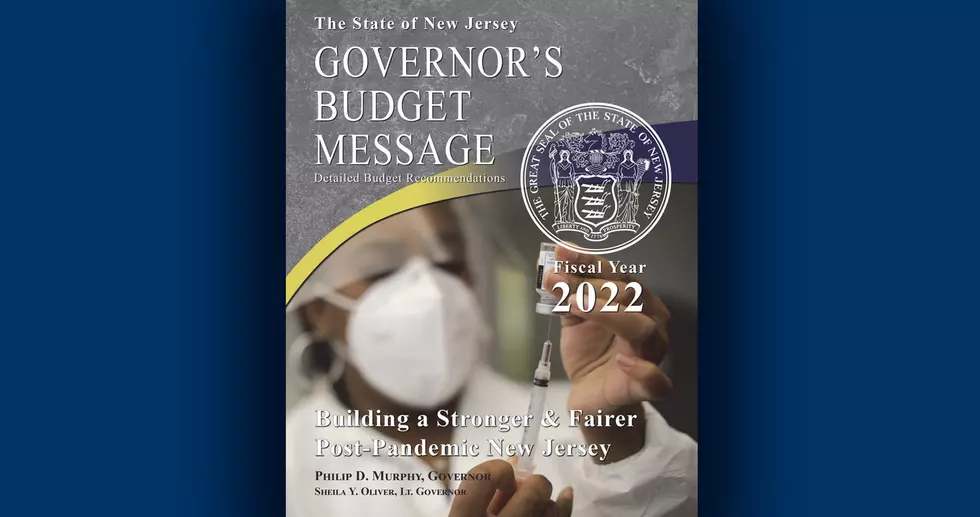
Republicans look to reverse Assembly slide in Murphy midterms
You might have not realized, but there’s an election in less than four weeks with the whole state Assembly on the ballot.
Though Gov. Phil Murphy is stuck with roughly break-even approval ratings, he’s not on the ballot, so political analysts are skeptical that will help Republicans to big gains – or even help the minority party avoid falling even further behind at the Statehouse.
Montclair State University political scientist Brigid Callahan Harrison said a few seats may be reshuffled but that there just aren’t a lot of competitive districts on New Jersey’s legislative map. New boundaries will be drawn after the census, before the 2021 elections.
“In reality, there are the potential of Republicans to maybe pick up between one and four seats. But on the other hand, there’s the potential for Democrats to pick up between one and four seats,” Harrison said.
“After redistricting happens, that’s when you see a little bit of a shakeup, but these districts are stable and we’re likely to send the same political party back into office in most of them,” she said.
In the last 13 Assembly election cycles, Republicans have lost seats 10 times — and only gained more than one once, in the midterm race when Jon Corzine was governor, when they added two.
Rider University political scientist Micah Rasmussen said Democrats are pushing further into the suburbs, where Democrats had already been making gains that seem to have accelerated since President Donald Trump became the GOP’s dominant figure.
“It looks like the Republicans may lose a couple more seats. It looks like the slide may continue rather than reversing or stabilizing,” Rasmussen said.
Rasmussen said Democrats continue to press for gains in once-reliably red places like Burlington and Morris counties and Union County suburbs such as Westfield.
“You see areas that really Republicans used to be able to almost take for granted as almost the last stand for Republicans in New Jersey,” he said.
Democrats already control two-thirds of the state Legislature – and after last year’s elections, 11 of the state’s 12 House seats.
This year’s results will ride in part on whether suburban voters who flipped four seats in Congress to Democrats last year are motivated to back that party for state Legislature. Harrison said Democrats fueled last year’s pickups by registering more voters — 93,600 in a year, compared with 42,400 for Republicans.
“Some of those voters were motivated to register because they wanted to support Democratic candidates and perhaps were opposed to President Trump,” Harrison said.
That trend has continued over the past year, with 94,000 Democrats added, 48,000 Republicans. The question is: Are these federal election voters only? Are these people registering to vote because it has been made automatic at the Motor Vehicle Commission but have little interest in an Assembly race?
“That’s yet to be determined. It depends,” Harrison said. “It takes money to mobilize those voters. This is an off-year election. We’ll have relatively low participation.”
Republicans are trying to reclaim lost ground in South Jersey’s 1st District, now that former state Sen. Jeff Van Drew has gone to Congress. In addition to the two Assembly spots, the district’s Senate seat is on the ballot in a special election.
If it’s a good election night for Republicans across South Jersey, they could also gain seats in the neighboring Atlantic County-based 2nd District, which has two Democrats in the Assembly but a Republican senator, Rasmussen said.
But in many of the other legislative districts with the most competitive races, such as the 8th, 21st and 25th, it’s the Democrats looking to add to what is already a 54-26 majority in the 80-seat Assembly.
“It’s in places like Burlington County, which it’s hard to even believe that we’re talking about that as a fertile ground for either party, as sort of a toss-up,” Rasmussen said. “The Democrats have made significant inroads in Burlington County in recent years, and so a place that was formerly a rock bed Republican area is now a place that’s primed for potential pickups for the Democrats.”
In the 21st District, Democrats are looking to replace the Assembly’s top-ranking Republican, Minority Leader Jon Bramnick.
“Bramnick is a charismatic politician, he’s a very smart politician, great retail politician, and has also been vocal at some points, particularly on social media, kind of criticizing or taking President Trump to task,” Harrison said. “He and his running-mate (Nancy Munoz) are facing a challenge not just from Democrats but from independents which may have the effect of playing spoiler.”
SENATE
1st District: Sen. Bob Andrzejczak (D), Mike Testa (R)
ASSEMBLY
1st District: Asm. Bruce Land (D), Asm. Matthew Milam (D), Erik Simonsen (R), Antwan McClellan (R)
2nd District: Asm. Vince Mazzeo (D), Asm. John Armato (D), John Risley Jr. (R), Philip Guenther (R)
8th District: Asm. Ryan Peters (R), Jean Stanfield (R), Gina LaPlaca (D), Mark Natale (D), Tom Giangiulio (MAGA Conservative)
11th District: Asm. Eric Houghtaling (D), Asw. Joann Downey (D), Michael Amoroso (R), Matthew Woolley (R)
16th District: Asm. Andrew Zwicker (D), Asm. Roy Freiman (D), Mark Caliguire (R), Christine Madrid (R)
21st District: Asm. Jon Bramnick (R), Asw. Nancy Munoz (R), Lisa Mandelblatt (D), Stacey Gunderman (D), Martin Marks (Independent Conservative), Harris Pappas (Independent Conservative)
25th District: Asm. Anthony Bucco (R), Bruce Bergen (R), Lisa Bhimani (D), Darcy Draeger (D)
38th District: Asw. Lisa Swain (D), Asm. Christopher Tully (D), Michael Kazimir (R), Christopher DiPiazza (R).
More From WOBM News:
More From Beach Radio










